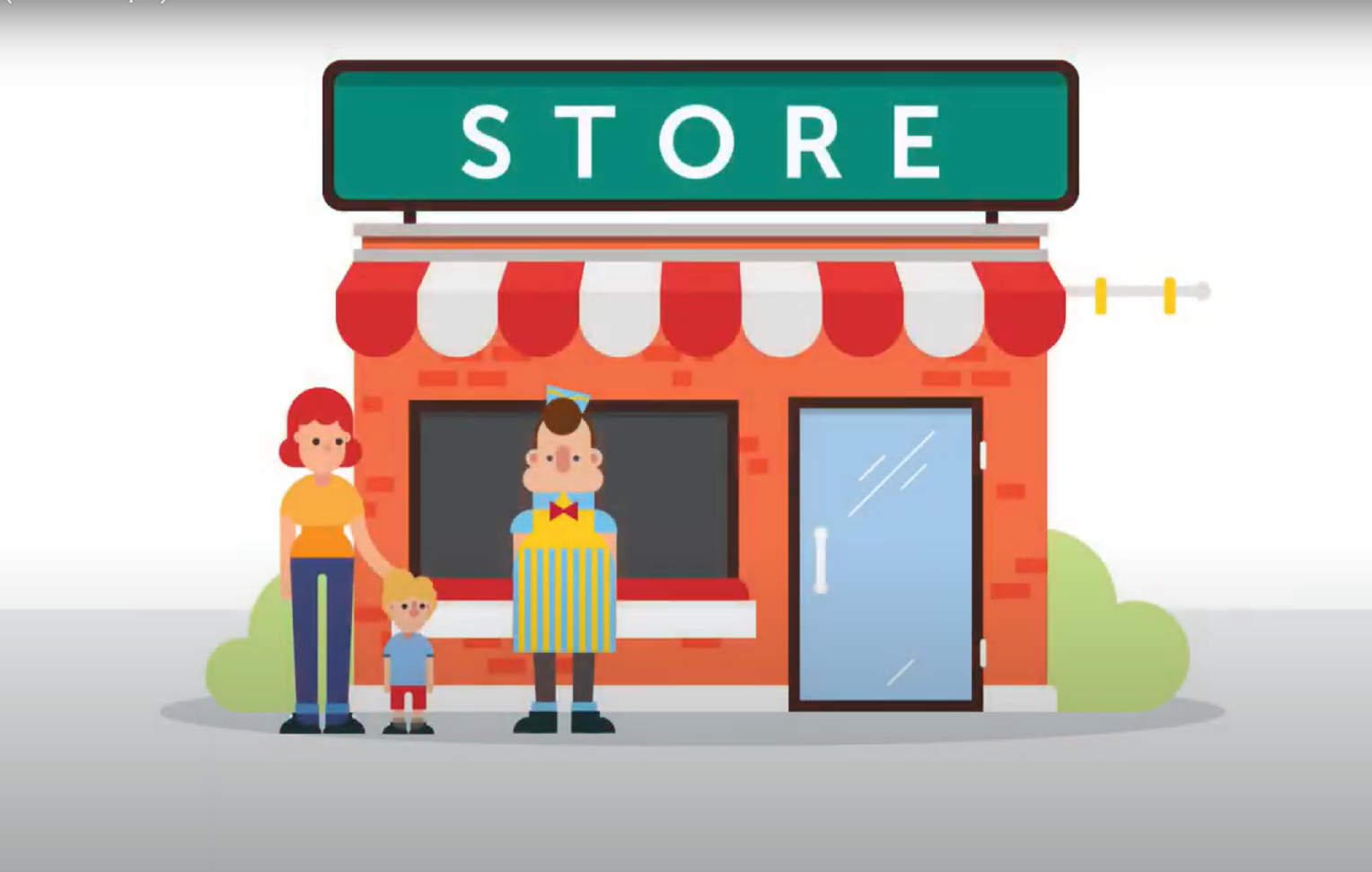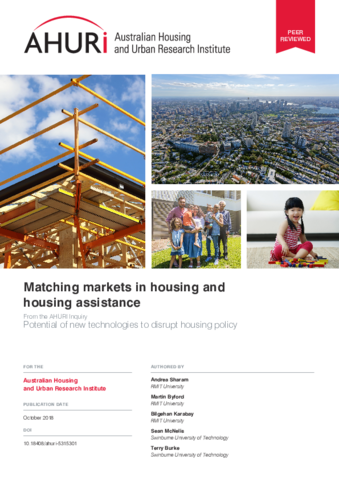This research identifies five Australian housing markets that could be improved or made more efficient using online technology to match highly specific ‘buyers’ and ‘sellers’.
The five markets considered are: swaps and transfers in public housing; accessible housing; low-cost private rental housing; apartment supply for low/mid income earners; and precinct-level urban development. The research also proposes solutions to improve how the matching markets operate.
Matching markets differ from commodity markets, where price connects buyers and sellers, and are often difficult and very costly to operate. For these reasons, many matching markets, including the housing market (which is based not just on the price of a house but also its location, size, design etc.), do not function well.
Increasingly, new technologies, such as AI and algorithms, are reducing search and transaction costs. This has given rise to new ‘platforms’ which act as more efficient and effective matching market intermediaries. These intermediaries pool producers and consumers together and, using their relevant information, match them in mutually rewarding ways.
In all cases, some agency or organisation has to undertake the development of the housing matching market platforms. There will be set-up costs and, in some instances, ‘freeloader’ implications (i.e. benefit will flow to those not carrying the original costs). This suggests a public agency would be most suited, whether an existing government department or a large but subsidised not-for-profit organisation.
Related resource
Matching Markets (case example) - Australian Housing & Urban Research Institute



